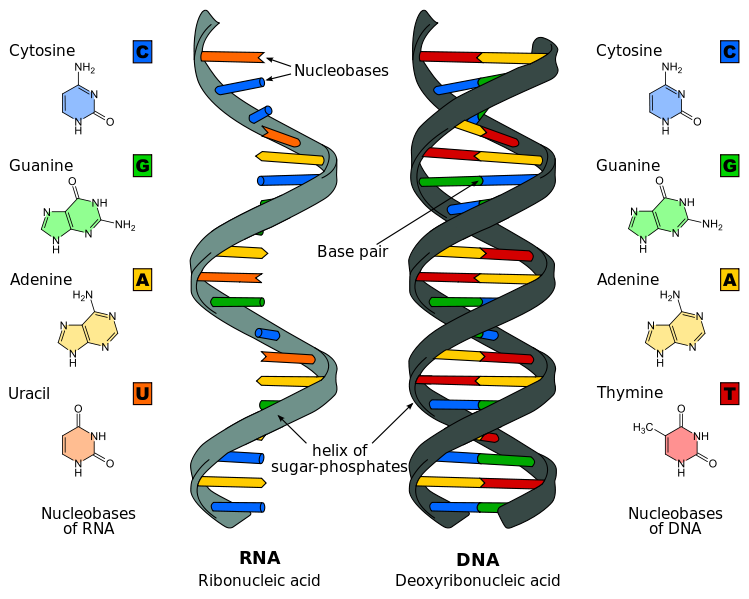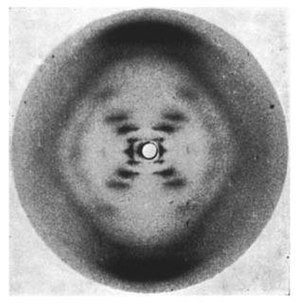OK a chemistry question for @FunSizeSuze stainless steel seems to get rid of garlic odour from hands, but how? http://t.co/aFPDOJQ48qSpeculation followed.
— Dr Suzie Sheehy (@suziesheehy) October 15, 2013
@suziesheehy Good question! From memory, garlic odour comes from allyl methyl sulfides. Presumably the sulfide part reacts with a componentBut before we get to the 'how' question maybe we should figure our if there is any truth in the anecdotes.
— Dr Suze Kundu (@FunSizeSuze) October 15, 2013
So how about an experiment? And I'll be needing your help for this one.
You'll need
- A clove of garlic.
- A knife.
- A timer.
- A wooden spoon and a stainless steel table spoon of about the same size.
What to do
1. Wash and dry your hands (so they don't smell of anything to start with).
2. Cut the clove of garlic in half (don't peel it, that way your fingers won't pick up garlic smells when you hold it).
4. Rub the freshly cut surface on the palm of one hand for 10 seconds (use the timer).
5. Rub the second piece of garlic on the palm of your other hand for 10 seconds (this way each hand gets rubbed with a fresh piece of garlic of the same size).
6. Rub one palm with the back of the stainless steel spoon and the other palm with the wooden spoon (the wooden spoon is our control experiment). Again for 10 seconds each. Make sure you remember which hand was rubbed with which spoon.
7. Find a willing volunteer, ask them to close their eyes (with their eyes closed they are less likely to notice any signals from you about which hand has had what treatment).
8. Ask them which hand smelt stronger of garlic.
9. Let me know the results using the survey below. We'll need plenty of tests if we are going to be sure of our results, otherwise it's just more anecdotes.
I'll get back to you with a conclusion when enough results are in.
Create your free online surveys with SurveyMonkey , the world's leading questionnaire tool.













.JPG)




















